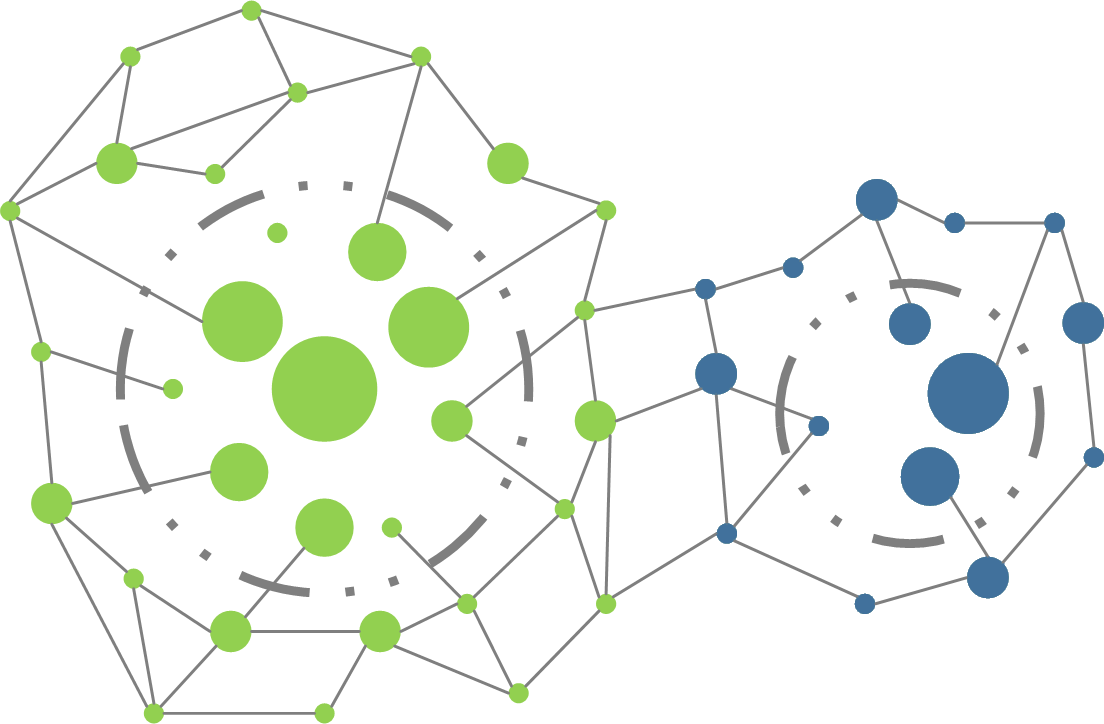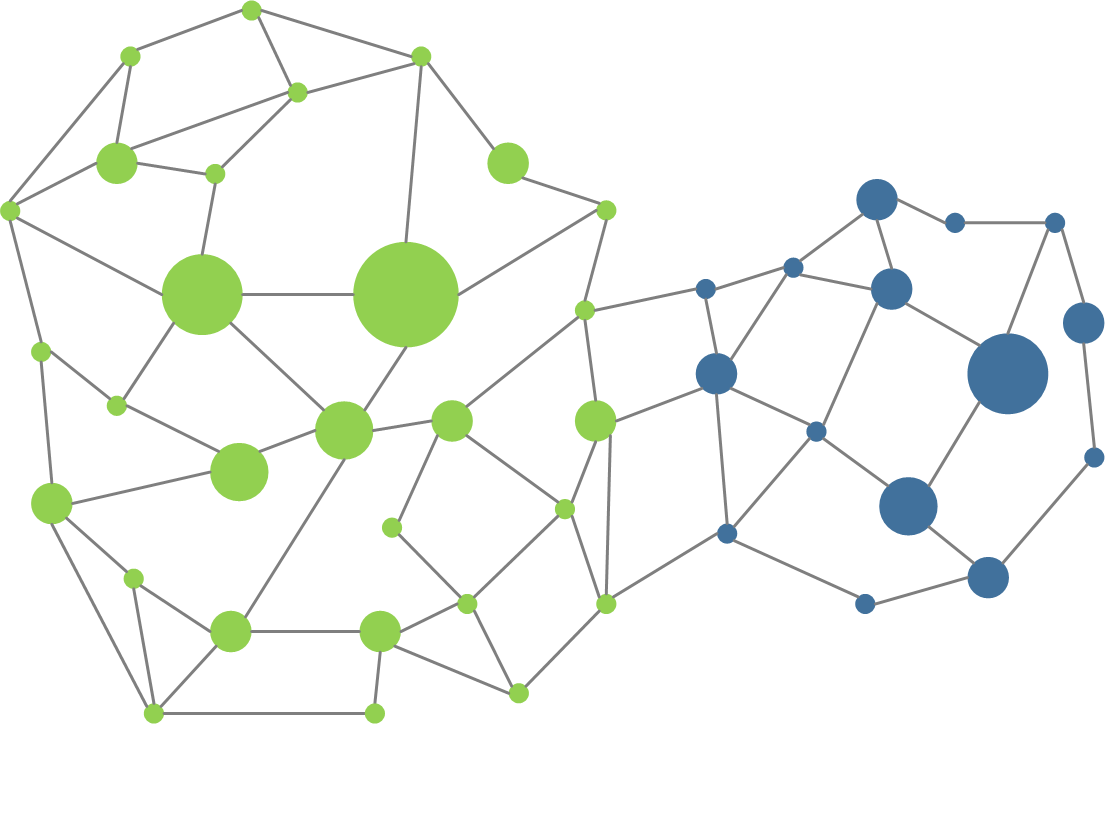Here’s a model for thinking about centralized profit-seeking entities: the goal for these is often to get big enough that economies of scale kick in and your size becomes an advantage. Eventually you start to best your smaller competitors, and you start to accumulate outsize wealth, which is mostly distributed to executives, with some trickling down to other members of the organization. One of the best (and oldest) examples of this are banks. There’s even a term for it. So-called “Bulge-bracket” banks are known for each trying to grow a big enough competitive advantage by building up their technology, balance sheets, talent and book of business, and for high compensation, especially at the top. Although banks often cooperate with each other, the boundary between the bank and the outside world (and therefore distribution of wealth) was clearly marked and fiercely defended — everyone would know who the banker was, because they would have the nicest suit!

Then the Internet came along. The big winners from this era look very similar, with one important distinction: the key to success was using scale to achieve network effects. One example is Microsoft, where every user increased the value of their network to application developers, who built applications, which increased the value of the network to users, and so on. These entities still retained large amounts of value, but some portion of the value now had to be split with the value creators in the network to incentivize them to join their network and not another. This was made most explicit in the ride-hailing wars, where competing networks would splash out huge VC-funded subsidies to convince drivers to join their network instead of another. In this model, the boundary between the centralized entity and the outside world starts to get real fuzzy.

During this shift, the enabling factor was the Internet’s ability to easily create networks of information. The amount of data that was produced and stored in these networks made them hugely valuable for entities that were able to harvest and monetize it. With digital assets, the ability to easily create networks of value has enabled this paradigm to be taken to the logical extreme. Decentralized networks no longer have a centralized hub that grows and harvests its network. Instead, they are almost entirely a network themselves, with certain clusters of “supernodes” that produce exceptional value and receive proportional rewards for their contribution to the network.

Decentralized networks have network effects built into the fabric of how they grow and operate. Their core is a bargain made with those who maintain the network to reward them based on their contribution. The main distinction between this and a simple marketplace is that marketplaces reward sellers in proportion to the value they provide to the buyer, whereas decentralized networks reward in proportion to the value provided to the network. A parallel would be rewarding merchants with equity in the marketplace based on the goods that they’ve sold. In this scenario, the merchant is incurring a marginal cost, while receiving compensation that is linked to the overall value of the network.
One of the purest expressions of this bargain can be seen in Bitcoin, where miners, who are actually responsible for securing the network and confirming new transactions, are rewarded proportionately to the amount of “work” they contribute. The amount of compensation they receive in transaction fees is dwarfed by the value received through block rewards. Furthermore, there can be no doubt the bargain will be enforced, as the rules are built as open source code into the nodes each participant is running.
These decentralized networks are remarkable in their ability to coordinate diverse stakeholders behind the goal of increasing network value. So long as they can remain resilient to attack, they will converge on being maximally open and permissionless, as every potential participant that is excluded from the network is a lost opportunity for expanding the network and achieving greater network effects. This does not mean they cannot support privacy or must remain free to use. So long as transactions in the network can be verified to follow the network protocol, the data inherent in these transactions can be masked. And the bargain being made here is with those who maintain the network. An arbitrary fee can be charged of users of the network, so long as it doesn’t drive users away and therefore reduce value for those who maintain the network.
Using this model, the idea of applying blockchain technologies to existing, centralized entities must be grounded in the framework of growing the network and splitting value produced by the network with users. As a result, coordinating entities within a decentralized network should be incentivized to engage in behavior that decreases the potential for monopolistic, rent-seeking behavior, and to give away the value they produce to create maximum benefit for the network. This behavior would appear paradoxical, even when viewed by progressive, web-native companies. Thus, like all paradigm shifts, the ultimate limiting factor for centralized entities to transition to a decentralized paradigm is in the ability of decision makers of the centralized entity to accept radically different patterns of behavior that seem to fly against their basic instincts.
Subscribe to the newsletter!